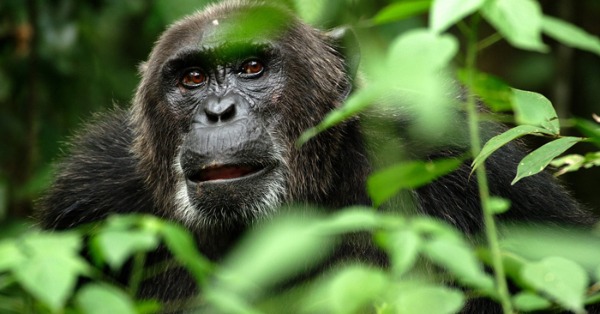Spending time in nature has been demonstrated in several studies to improve your health and wellbeing in ways that nothing else can. For ‘The Real Happiness Project,’ a team of specialists from BBC Earth and the University of California investigated if watching nature movies and documentaries had a similar effect. The study looked at how participants’ mental states and emotions changed before and after watching a clip from the documentary series Our Planet-II. Participants reported a significant rise in feelings of delight, curiosity, interest, and reduced anxiety after watching the video.
Thanks to technology improvements and superb TV services, the days of being unable to admire nature from the comfort of your own home are long gone. You can watch a range of nature and wildlife documentaries from the comfort of your own home thanks to great TV services like Spectrum.
All of the greatest Nature & Wildlife networks, such as Discovery, National Geographic Channel, and BBC, are available on Spectrum’s wide channel portfolio. Simply call Spectrum Customer Service to get your plan and start watching fantastic nature documentaries right away.
We’ve put together a list of the best nature and wildlife documentaries to binge-watch this year, so keep reading to find out about the best high-quality recorded nature documentaries for an endorphin rush.
The Blue Planet/Blue Planet II
There are many documentaries about land life but the vastness of the oceans is yet to be discovered to its fullest. But the BBC set on a mission to study the hidden lives of the animals in and around the ocean in their 2001 documentary series The Blue Planet. The vastness of the oceans needs more than a single series to portray the wonders happening in and around and so, the BBC came up with the sequel to the first successful docuseries, The Blue Planet-II in 2017. There is a lot that is explored in this series: a variety of facets of underwater life, including seasonal feeding frenzy episodes where shoals of plankton attract the ocean’s most dangerous predators; colorful but dying coral reefs; and the fascinating life found in the ocean’s deepest depths.
The Living Planet
The Living Planet: A Portrait of the Earth is a BBC wildlife documentary series created and hosted by David Attenborough that premiered on January 19, 1984. It’s one of Attenborough’s earliest works, in which he looks at how living things on Earth adapt to changes in their environment. The series displays a distinct environment in each episode. ‘The Living Planet’ is known for depicting a wide spectrum of emotions related to the existence of living species in difficult conditions, as well as the truth that there is so much to see on this planet in this finite life. It also raised concerns about the lives of people from all over the world, leaving us with an emotional sense of humanity.
Planet Earth
Following the success of The Blue Planet, the BBC One crew embarked on a new adventure with this 11-part docuseries. The Planet Earth crew, together with Attenborough and Blue Planet producer Alastair Fothergill, planned to go from forests to the Arctic in their travelogue-style series, exploring nature’s mysteries. It illustrated contemporary animal life and how important man-made concerns like global warming are affecting these animals. This 2006 series stands out as an HD blueprint for future docuseries, offering breathtaking clarity to our planet’s most beautiful species and scenery.
Planet Earth II
Ten years after Planet Earth’s awe-inspiring international debut, the BBC Natural History Unit and David Attenborough return to Planet Earth II. With its remarkable high-quality photography, the series not only followed in the footsteps of its forerunner, but also established the framework for future series, becoming the first 4K HD documentary in BBC history. The series investigates how urbanization threatens animals’ natural habitats, underlining Attenborough’s emphasis on sustainability in a high-tech environment.
Life
The term “survival of the fittest” comes from Charles Darwin’s theory of evolution. The BBC Natural History Unit, on the other hand, was not content with merely accepting theory and embarked on an exciting quest to explore how animals integrate into today’s environment. The docuseries follows the same plot as Planet Earth and has some of the most breathtaking high-definition images of animals and the environment ever filmed. The series piques viewers’ interest while also delivering a visual feast as Attenborough takes them on a journey through the lives of diverse animals ranging from reptiles and birds to small insects.
The Life Story
The Life Story focuses on the deepest elements of life, whereas “Life” Documents the different conflicts that animals endure in order to live. The series beautifully covers all aspects of animal existence, from birth to motherhood. It also has several situations that are similar to those seen in previous episodes, such as predators pursuing their victims. The myriad rituals of the little creatures, for example, are unique moments of peace depicted in the series that have seldom, if ever, been observed before. This sort of enthralling, unforgettable imagery can’t be found anywhere else.
Wrapping it all,
People can discover genuine peace of mind in nature. Although we will never be able to see everything on our globe in our limited lives, technology has allowed us to go to remote places from the comfort of our own homes. We’ve put up a selection of some of the most amazing and touching documentaries that you should watch as a visual pleasure.

